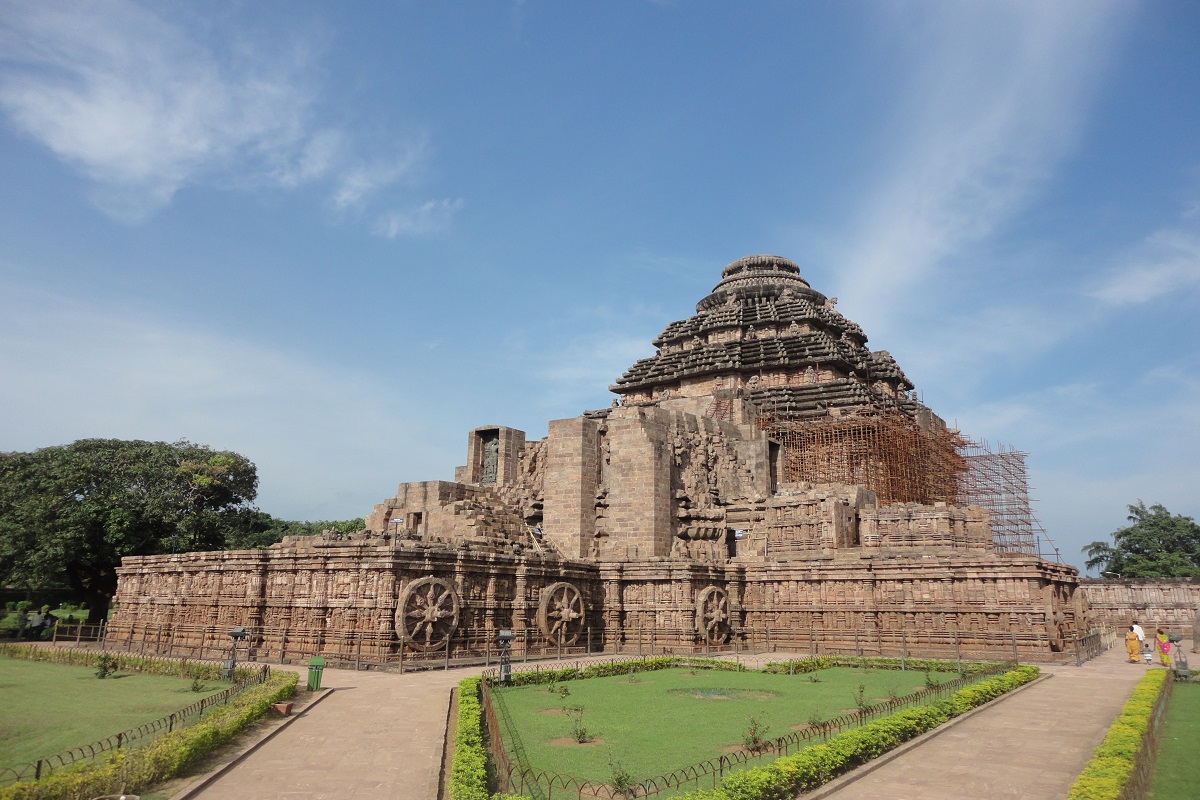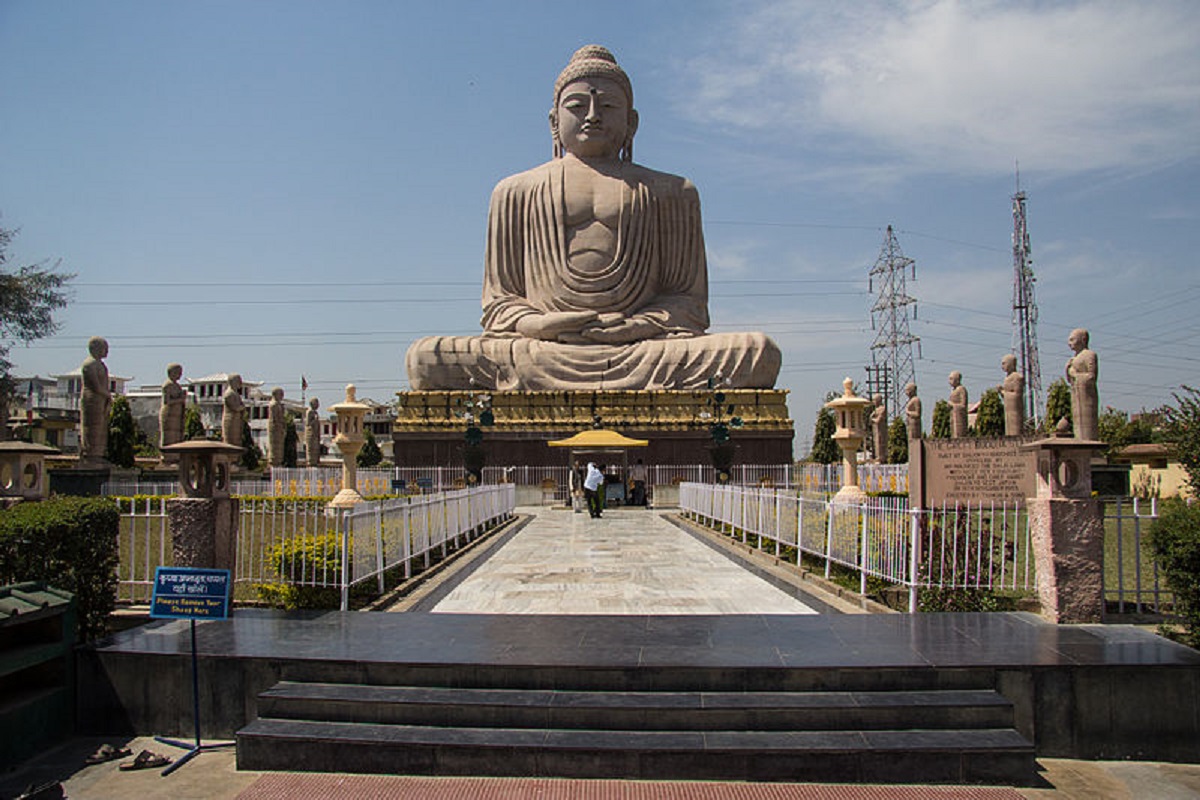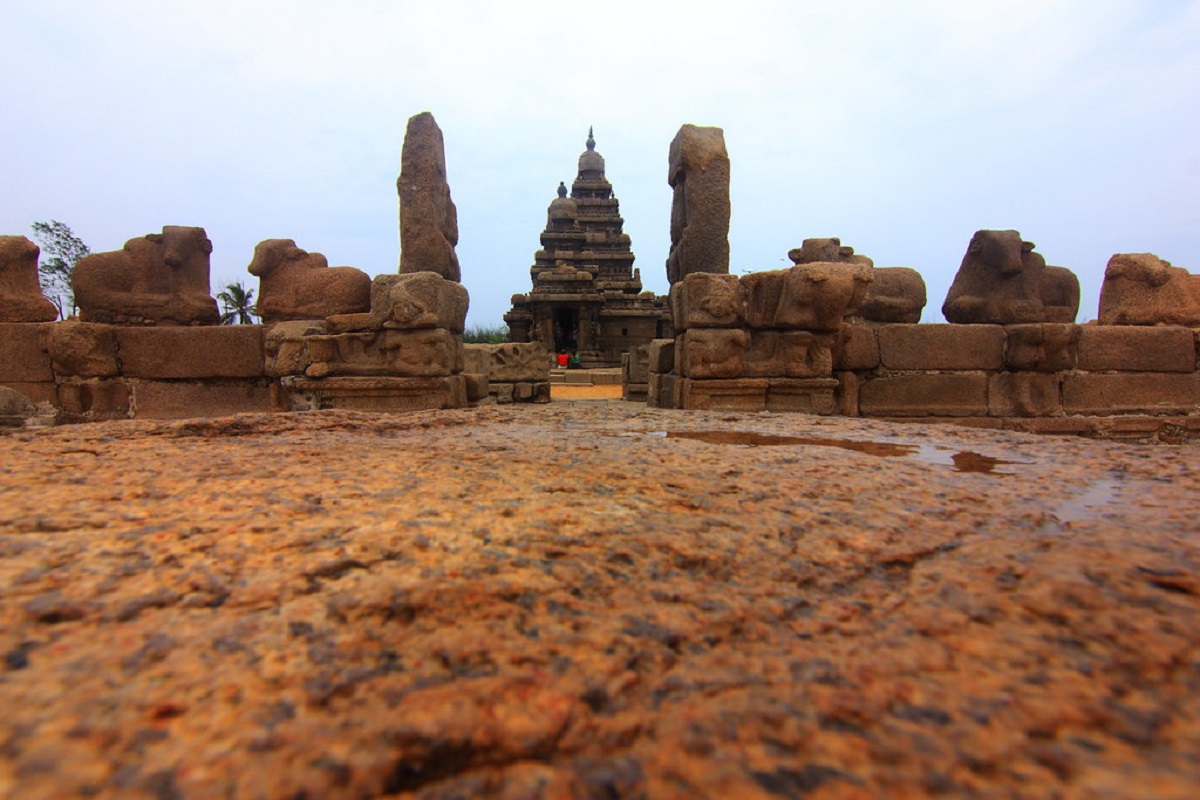Fatehpur Sikri is one of the principal tourist attractions near the city of Agra. Predominantly made out of red sandstone this imperial city is located at a distance of 37 kms from Agra. The development of the city has been credited to the Mughal Emperor Jalal-ud-din Mohammad Akbar, which however is not complete historical truth. Historical excavations and explanations from scholars have revealed that there was a settlement in the region much before the advent of Akbar. However the present remnants of the Imperial Mughal city give a clear depiction of the benevolent views and religious tolerance of one of the most successful emperors in Indian history. Fatehpur Sikri is an interesting blend of the Hindu and the Islamic trends of art culture, architecture, literature, religion, etc.
Fatehpur Sikri was Built by
As history goes the city was developed by Akbar from the year 1571. The city served to be the capital of the Mughal Empire from 1571 to 1585. At this junction the city was partly abandoned a process completed by 1610. Fatehpur Sikri had received its name from the name of the village which existed there before Akbar turned his attention to it – Sikri. The ASI excavations carried out in 1999 to 2000 have claimed that the village had temples, habitation and other commercial setups even before the settlement of the Mughals.
Before Akbar the region was occupied by the Sungas. The Sikarwar Rajputs controlled the region briefly in the 12th century. Later the region came under the rule of the Delhi Sultanate which was when several mosques were built in the area. The Khalji Dynasty played an eminent role in the development of the region. Even before Akbar Babur and Humayun tried to redesign the urban planning of Fatehpur Sikri.
Abul Fazal in his famous work Akbarnama has recorded the reasons of developing the city by Akbar. Akbar remained childless till 1569. Then Jahangir was born to him in 1569 in Sikri village as predicted by Chishti saint Sheikh Salim. It was then Akbar constructed a religious domain for the saint. After a couple of years Akbar began the construction of an imperial city and palace in the region. This was also a step on Akbar’s end to develop connections with the Sufi order and legitimize his reign.
Fatehpur Sikri Timings
Fatehpur Sikri being one of the main tourist attractions of the place is open round the year for the gamut of tourists visiting the place. You can visit the place anytime round the week. The place is also open on holidays. Fatehpur sikri fort timings are restricted till the sunlight hours.
You can visit the place anytime between sunrise and sunset. This is the best way to checkout all the attractions of the place, take a good look at the urban planning and the architecture of the place and dip into the traces of the imperial rule which was once the pulse of life of this imperial Mughal capital city.
Fatehpur Sikri Information
Fatehpur Sikri has been declared to be one of the UNESCO World Heritage Sites. This ghost city is fenced with fortified walls for 11 kms at a stretch. These walls have occasional gateways giving access within and outside the city. Inside the fort walls you can find an elaborate and lavish city layout.
You can witness several specimen of magnificent Mughal architecture which is just as mesmerizing as the nearby Taj Mahal. Historians have pointed out that this temporary capital city of the Mughals had to be abandoned due to scarcity of water. Later on the Mughal capital was shifted to Lahore.
In the present times under the table guidance of the ASI department the remnants of the Mughal buildings have been very well developed. It is one of the most attractive tourist sites in Agra which gives a detailed insight into the Mughal culture and way of life.
Fatehpur Sikri Location & How to Reach
Since this long standing eyewitness of the bygone golden era of the Mughals stands at a distance of mere 35 kms from Agra, often to reach the location Agra is taken to be the first spot of access. You can travel down to Agra either through the train or through the flight network.
The Kheria Airport is a military bases and the nearest airport from Fatehpur Sikri. If you are travelling by train you can either get down at Agra railway station or at the Fatehpur Sikri railway Station. The Idgah bus stands the nearest bust stand from the location.
Thousands of tourists come down to Agra every year and then they take a personal or a private car to visit Fatehpur Sikri. If you are coming from Delhi, Lucknow or jaipur you can also travel by the road either in a rented or personal car.
Fatehpur Sikri Monuments & Entrance Fee:
The Indian tourists must pay Rs.35 as their Entrance fee to the site.
Similarly citizens of BIMSTEC and SAARC must pay Rs. 35 as their entry fee., foreign tourist have to pay Rs.550. children below fifteen years can visit the place free of cost.
These tickets can be bought at the site or can even be pre-booked online.
Fatehpur Sikri Architect & Important Structures
Fatehpur Sikri has a number of spectacular specimens of the Mughal architecture. The air around this Imperial ghost city is heavy with a palpable mysticism and is enriched with magnificent views around. The city can be accessed through several give such as the Lal Gate, Delhi Gate, the Agra Gate, the Gwalior Gate, the Chandan Pal Gate, the Chor Gate, the Birbal Gate, the Tehra gate, and the Ajmeri Gate. The following are some of the important historical buildings you must visit while in Fatehpur Sikri.
- Buland darwaza – This is a mosque located in the south wall of the city. This is a 55 m high construction and was created to mark Akbar’s victory in Gujarat.
- Tomb of Salim Chishti – This tomb was created for the Sufi saint Salim Chishti who had predicted the birth of Akbar’s son Jahangir. This is a single storey building created on a square chamber. This is where the grave of the Sufi saint lies.
- Jama Masjid – Historian believe that this was the first construction to have been created on the complex of fatehpur Sikri. The place has a great spiritual and religious significance. It is one of the most stunning mosques of the country.
- Panch Mahal – This is a five storey structure as the name suggests. The upper tiers are smaller as compared to the base. Finally there is a dome shaped chatri on top of the building. Historians believe that this was a women’s court.
- Palace of Jodha Bai – Jodha Bai had a unique place in the life and court of Akbar. Her palace happens to be one of the main constructions of the imperial city. The walls of the palace are high and the gate is nine meter tall. The palace combines the Hindu and the Islamic traits of architecture.
- Hiran Minar – This building was constructed in the memory of Akbar’s favorite elephant. The construction has elephant’s stone projected in its stone.
- House of Birbal – This was the house where Birbal one of the nine gems of Akbar’s court lived. These were the private quarters of the most favorite minister of Emperor Akbar.
- Diwan-i-Khas – This was the hall of private audience. There are four chattris and a pillar in the center that rests on a square base. This was the court of Akbar where Akbar met his various subjects.
Fatehpur Sikri Best Timing to Visit
Visit fatehpur Sikri during the months of November to march. This the autumn-winter-spring season of the year when the temperature is the most favorable. You can remain outdoors during the day and can explore the city in great details. Staying outdoors during the summers in this part of the country is a tough proposition. The monsoon season comes with its own set of challenges.
Fatehpur Sikri Plan & History
Fatehpur Sikri deserves a special mention in the history of the Mughals. The city was turned into an imperial settlement on the initiate of Akbar. However the later desolation was quite sad. However the natural conditions and the political situations did make it quite necessary for the Mughal Empire. However fatehpur sikri for its structure and establishment is not solely indebted to the Mughals. The place also received eminent contributions from other imperial dynasties and kings. However in the gamut of this entire monarch the contributions of Akbar happen to be the most consolidated and important.
Fatehpur Sikri Tourist Place & Attractions nearby
Fatehpur Sikri is nearby to Agra. Hence naturally all the places of historical attraction in and near Agra are the places of attraction near Fatehpur Sikri. To begin with you cannot miss out on the Laal Qila and the Taj Mahal. These two are the most important places you must club along with Fatehpur Sikri. Both the monuments named are eminent Mughal constructions and hence has a major significance in the history of India. Apart from them there are other construction and historical sites that are worth checking out.







